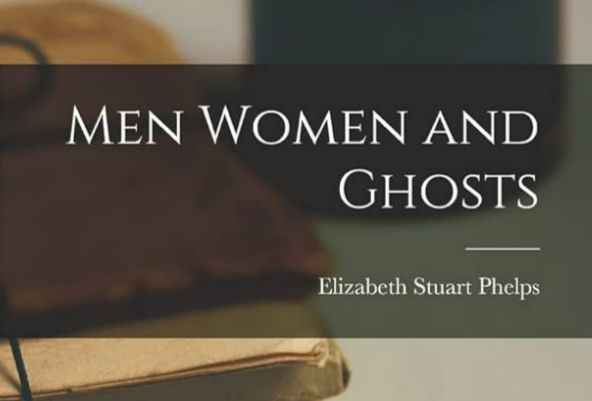Preface
byPreface to this poetic collection extends far beyond a mere introduction—it offers a thoughtful exploration of how boundaries in poetry can be expanded and reshaped. The writer reflects on what constitutes a “story,” not confining it to traditional narratives but embracing formats like lyrical sequences, prose-poem hybrids, and even dramatic verse that draws on natural elements or abstract images. Rather than relying solely on character and plot, the pieces are composed to evoke atmosphere and sensation, allowing landscapes, objects, and sound to become narrative agents in their own right. This broader definition offers readers a more immersive experience, where rhythm and imagery lead the story as much as characters or dialogue do.
Among the most captivating insights is the author’s dedication to experimenting with vers libre, or free verse, particularly as a means of expressing the fluidity of sound and motion. Inspired by Debussy’s music, the poet attempts to reflect the ebb and flow of tones and visual gestures through words, shaping stanzas that mimic the cadence of nature or a musical score. This method is especially evident in poems like “A Roxbury Garden” and “The Cremona Violin,” where the intention is not simply to describe but to embody movement, to let the poetry breathe like a melody or ripple like a current. These attempts mark an early but significant example of how music can inform poetic structure—not merely as metaphor, but as actual form.
The most technically ambitious effort is described in the poet’s response to Stravinsky’s Three Pieces Grotesques, wherein rhythmic language is used to translate musical shifts into textual rhythm. Musicians have recognized this translation as impressively faithful, suggesting that poetry has the capacity to echo musical composition with surprising precision. Such efforts demonstrate a rare fusion between auditory and literary art, emphasizing that poetry can serve not only as language but as performance—heard, felt, and visualized. For readers familiar with musical scores or trained in performance, this layer of interpretation invites a new way of reading poetry: as a choreographed script of tonal variation and emotional movement.
The preface then introduces the form known as polyphonic prose, which merges dramatic elements with poetic diction to create works that feel both spoken and sung. Characters, moods, and scenes emerge in bold relief through this method, almost as if lifted from a stage. Polyphonic prose allows the text to adopt a fluid musicality without losing narrative depth, ideal for rendering drama and dialogue with lyrical power. By softening the hard edges of conventional storytelling and allowing tone and rhythm to guide the form, the poet establishes a compelling middle ground between theater and poetry.
Another innovative technique is the use of visual abstraction—color, light, and geometric form rendered in language without reliance on relational context. Instead of grounding these images in specific time or setting, the author focuses on the immediacy of how they appear and feel, creating a heightened sensory response in the reader. Inspired by the hypnotic patterns of fish and water in aquariums, this style culminated in “An Aquarium,” where shapes and hues float freely in verse, untouched by narrative obligation. The technique also draws from the influence of John Gould Fletcher’s London Excursion, a work that marries modernist observation with romantic texture.
While the collection avoids direct references to the ongoing European war, its shadow is acknowledged. The unrest seeps subtly into the tone of certain pieces, where unease, transience, or reflection suggest a world just beyond the page that is constantly shifting. Rather than depict battle or politics overtly, the poet chooses to express war’s effect through mood, structure, and imagery—mirroring the dislocation and chaos of conflict in fragmented or fluid poetic forms. This indirect approach may resonate more deeply, offering not a report but a felt response to cultural and historical tremors.
For readers, the preface provides a roadmap not just to the poems themselves, but to the spirit in which they were crafted—one of exploration, innovation, and emotional honesty. This is poetry that resists confinement, urging us to listen for the beat beneath the words and to see through rhythm as much as through image. As art evolves alongside the times that shape it, so too does the way it is read, and this collection invites its audience to participate fully—not just as observers, but as interpreters of movement, sound, and meaning in all its layered forms.

